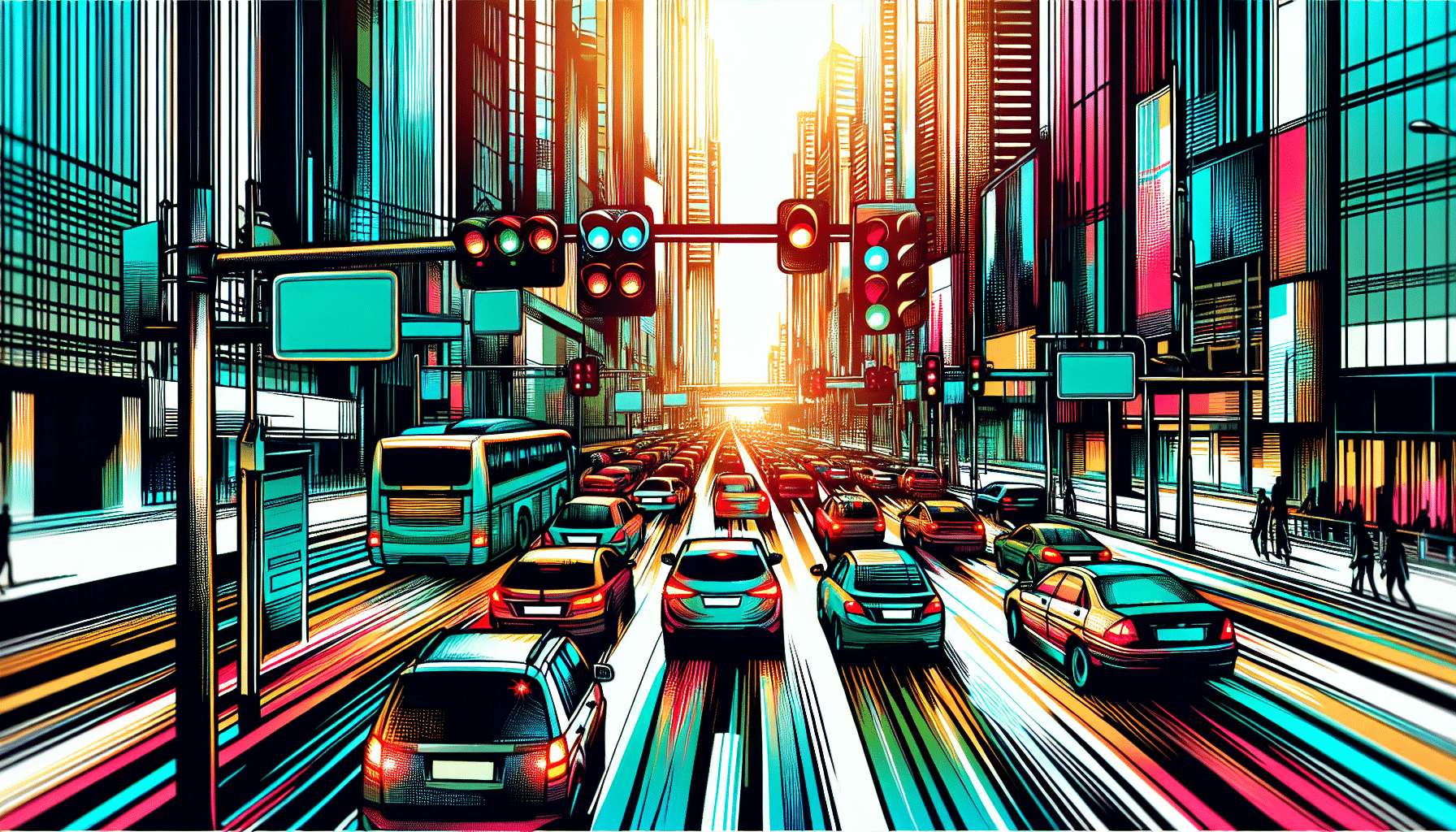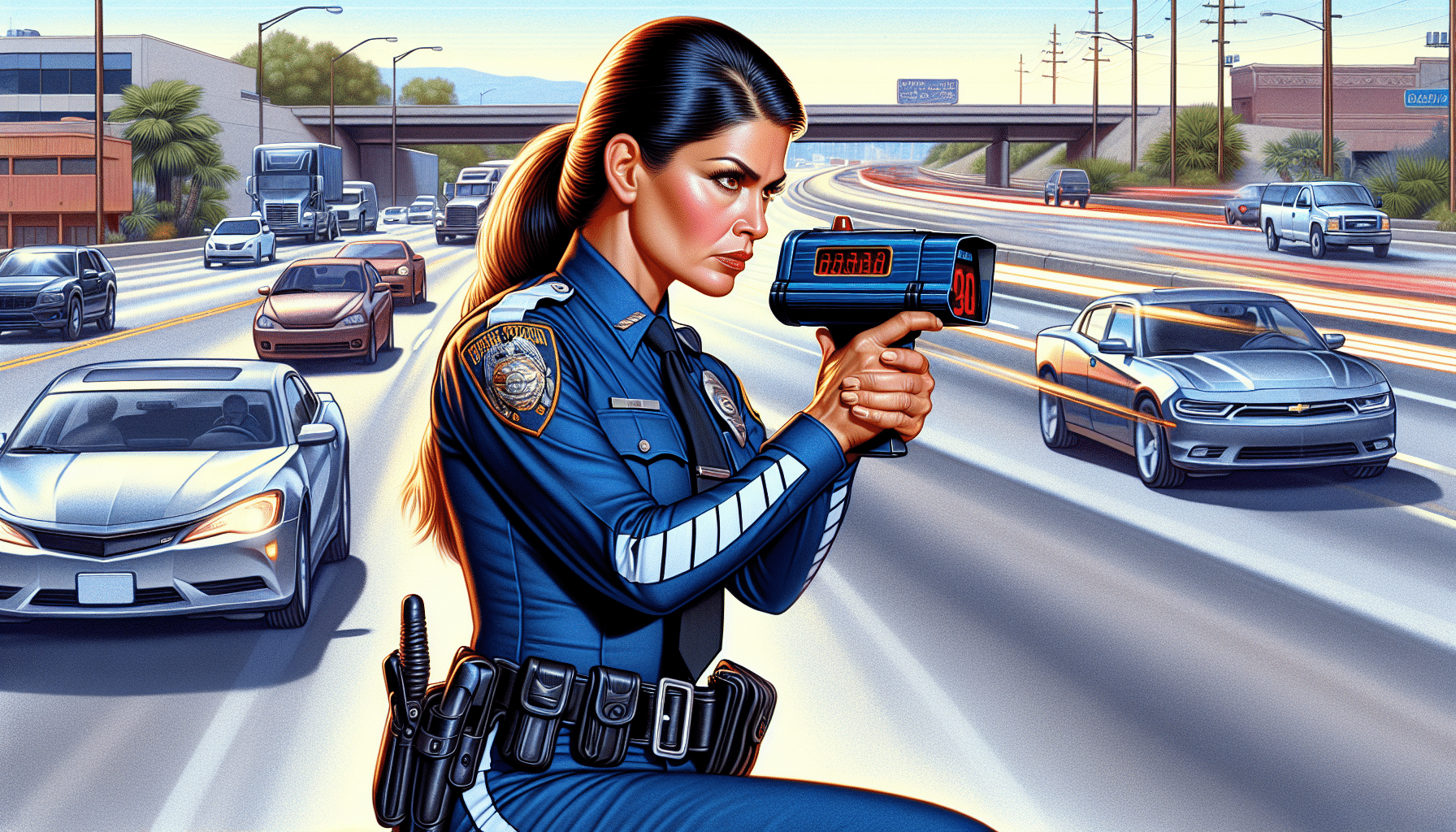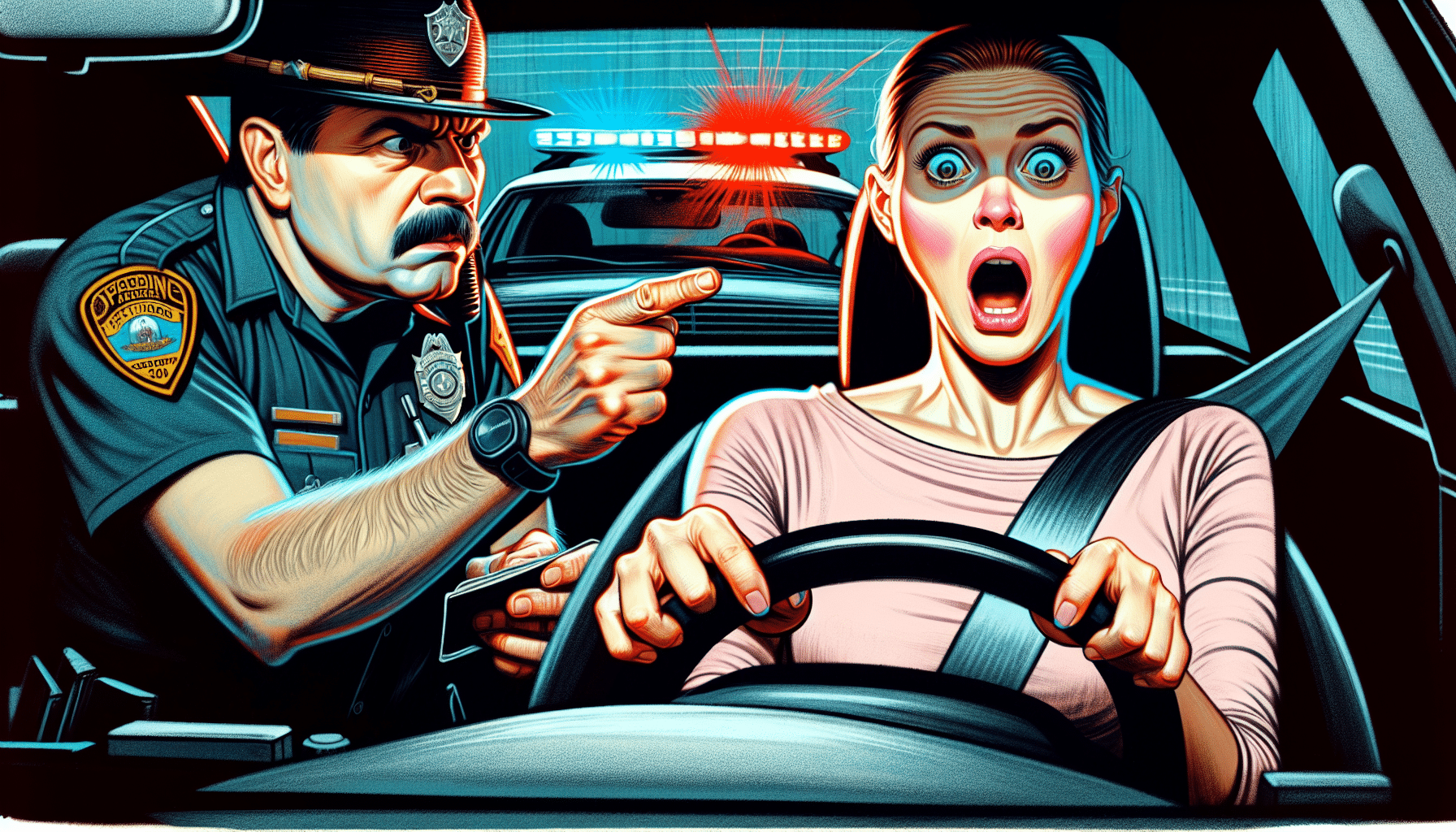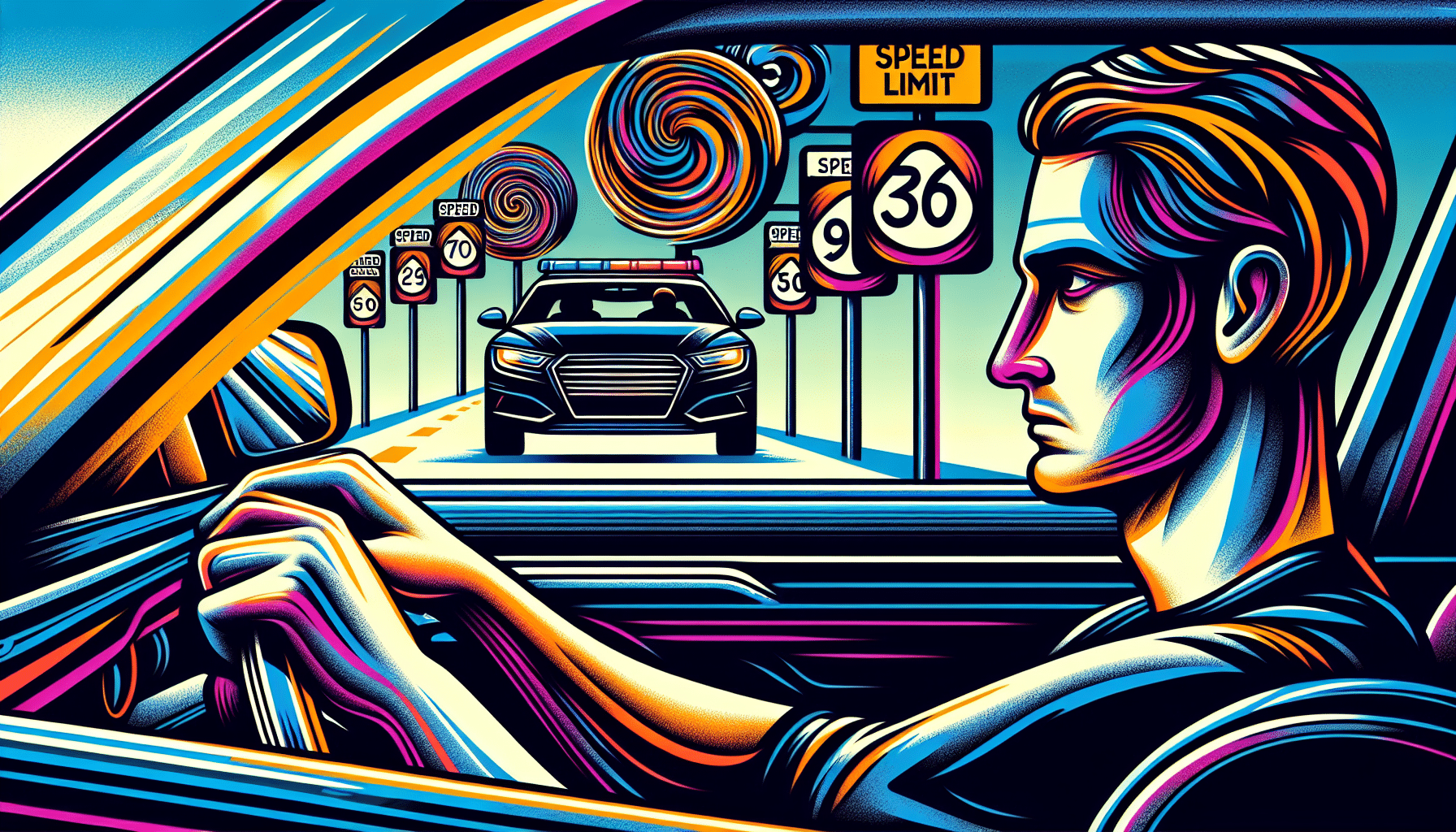Speeding is the Most Popular Traffic Ticket Issued in California
Please select a ticket type
- Sign Violation
- Speeding
- Seatbelt
- Red Light
- Red Light Camera
- Lane Violation
- Cellphone
- Carpool
{{violationTickets[0]?.title?.rendered}}
${{violationTickets[0]?.acf?.price}} fine (estimated)
{{violationTickets[0]?.acf?.cvc_included}} {{violationTickets[0]?.acf?.points_in_driving}}
{{violationTickets[0]?.acf?.points_in_driving}}point on your driving record

{{violationTickets[0]?.acf?.points_disclaimer}}
What Cities in California Issued the Most Speeding Tickets?
Receive a traffic ticket in California and after the fact started wondering..
How many of these damn things do they give a year?
This concise overview delivers the facts straight up, identifying the top cities for traffic citations, led by Los Angeles and San Francisco.
Not only will you learn who’s topping the list, but you’ll also gain insight into the intensity of enforcement in these areas.
Expect to discover compelling data and what drives the Golden State’s approach to speed regulation.
Key Takeaways
- Los Angeles and San Francisco are among the cities in California with high volumes of speeding tickets issued, with Los Angeles leading the count at 112,000 tickets in the past year.
- California has implemented technology such as speed cameras to enhance traffic enforcement, with Governor Gavin Newsom signing legislation for a pilot program in six cities, amidst controversy and privacy concerns.
- Speeding violations in California carry significant consequences, including substantial fines, increased insurance premiums, and points added to the driver’s record.
California’s Speeding Ticket Hotspots

In California, driving at high speeds has become a common occurrence. So much so that certain cities have gained a reputation for a high volume of speeding tickets.
Among these, Los Angeles and San Francisco stand out, with the former issuing as many as 112,000 speeding tickets in the past year.
Los Angeles: The City of Angels
Los Angeles, often called the City of Angels, is infamous for the large number of speeding tickets issued. Despite the city’s heavenly moniker, its drivers seem to have a need for speed.
Yet, the sheer number of tickets issued here is a testament to the city’s commitment to curbing this dangerous behavior and ensuring the safety of its residents.
San Francisco: The Golden Gate City
Exact figures on the number of speeding tickets in San Francisco may be elusive, but the city’s reputation for fast driving is well-established.
Known for its hilly terrain and scenic beauty, San Francisco’s streets pose unique challenges to drivers. But these challenges are no excuse for speeding, and the city’s traffic enforcement is always on the lookout for violators.
San Jose: The Capital of Silicon Valley
The surge of the tech industry in San Jose, considered the heart of Silicon Valley, has caused a rise in both traffic and traffic violations.
Despite this, the city has managed to leverage its tech-savvy reputation to develop traffic management solutions aimed at addressing these issues.
From collaborating with local tech companies to implementing advanced traffic systems, San Jose is a prime example of how technology and law enforcement can work hand in hand to improve road safety.
Sacramento: The City of Trees
Traffic enforcement in Sacramento, often referred to as ‘The City of Trees’, comes with its unique set of challenges.
The city’s dense foliage can sometimes obscure road signage, leading to increased incidences of speeding.
Despite this, law enforcement has developed strategies to maintain visibility and enforce speed limits, ensuring that the city’s valuable environmental asset does not compromise road safety.
Riverside: The Inland Empire Hub
Despite being smaller than its metropolitan counterparts, Riverside unexpectedly ranks third in the state for the number of speeding tickets issued, when adjusted for population.
The city’s high ranking can be attributed to its significant traffic flow and a car culture that often leads to speeding and aggressive driving.
Yet, through targeted traffic enforcement strategies, Riverside is striving to curb this issue and create safer streets for all its residents.
Long Beach: The Aquatic Capital
Long Beach, celebrated for its leading aquatic sports community and waterfront attractions, unfortunately also has a reputation for issuing a high number of speeding tickets.
Despite its aquatic fame, it has high rates of speeding enforcement, even surpassing some larger neighboring regions.
The city’s commitment to road safety, particularly in its pedestrian-heavy waterfront and downtown districts, is reflected in its increased traffic patrols, especially during peak tourist seasons.
The Role of Speed Cameras in California

In an effort to control the high instances of speeding, California has embraced technology, particularly speed cameras.
Recently, Governor Gavin Newsom signed legislation allowing six cities to install speed cameras, specifically automated speed safety cameras, as a pilot program. These cameras, combined with other smart technologies, offer a new way to enforce traffic laws and improve road safety.
Benefits of Speed Cameras
Speed cameras serve not only as a tool to enforce speed limits, but they also play a part in enhancing overall road safety.
By acting as a deterrent to speeding, they can help reduce the number of fatal accidents for pedestrians, bicyclists, and drivers alike.
As such, they are an essential component of any comprehensive strategy to improve road safety.
Controversy Surrounding Speed Cameras
Even though they offer numerous benefits, speed cameras are not without their fair share of controversy. Concerns about their use include:
- Privacy concerns
- Potential racial profiling
- Fear of mass surveillance
- Unfair impact on communities already subject to over-policing
These concerns about excessive speed have sparked debates about the use of speed cameras, with many questioning the effectiveness of a single speed camera.
Balancing these concerns with the need for traffic safety remains a challenge for the state of California, especially in light of traffic fatalities.
Cities Utilizing Speed Cameras
Several cities in Southern California, as well as other parts of the state, are participating in a five-year pilot program for the use of speed cameras. These cities include:
- Los Angeles
- San Jose
- Oakland
- Glendale
- Long Beach
- San Francisco
This indicates a growing acceptance of this technology as part of a comprehensive approach to traffic safety.
Speed Limits and Enforcement Strategies

Regulating speed on California’s roads involves more than just enforcement; it also encompasses setting suitable speed limits.
In California, speed limits are typically based on what drivers feel comfortable driving, rather than safety considerations. Understanding these limits and how they are enforced is key to understanding the state’s approach to traffic safety.
California Highway Patrol Tactics
The California Highway Patrol (CHP) takes the lead in enforcing speed limits on the state’s roads. The CHP uses a variety of tactics, including:
- High-visibility enforcement operations
- Use of both marked and unmarked patrol vehicles
- Leveraging advanced techniques, such as pacing and the use of aircraft, to conduct speed enforcement.
Local Police Department Approaches
Local police departments, too, play a pivotal part in the enforcement of speed limits.
Police officers use a combination of strategies, including direct enforcement, community engagement, and technology, to ensure adherence to speed limits.
The Traffic Enforcement Unit in San Jose, for instance, has successfully reduced collision numbers through its targeted enforcement efforts.
Community-Based Initiatives
The involvement of the community is an integral part of traffic management. Public participation in decision-making and local insights can greatly improve traffic flow and enhance road safety.
This involvement, coupled with initiatives such as public petitions and cooperation with neighborhood organizations, plays a pivotal role in creating safer streets.
Consequences of Speeding Tickets in California

Getting a speeding ticket in California can have heavy repercussions.
From hefty fines and surcharges to insurance premium hikes and negative impacts on driving records, the repercussions of a speeding violation extend well beyond the immediate moment of being pulled over.
Fines and Penalties
The financial impact of a speeding ticket in California should not be taken lightly.
Fines vary according to how much the speed limit was exceeded, but additional surcharges and assessments can total over six times the base amount of the fine. Add to this the penalties for speeding in a designated double fine zone, and the cost can be staggering.
And starting in 2024, speed cameras in six California pilot cities will issue fines from $50 for drivers going at least 11 MPH over the speed limit.
Insurance Premium Increases
A speeding ticket can also considerably affect your car insurance premiums.
Being classified as a high-risk driver can lead to an increase in premiums by as much as 36 percent, especially if you have a history of parking tickets.
This is because insurance companies view drivers with speeding violations on their record as more likely to be involved in accidents.
Driving Record Implications
The consequences of a speeding ticket in California include:
- One or two points being added to a driver’s record
- The potential suspension of a driver’s license
- Increased financial burdens through higher insurance costs
How to Avoid Speeding Tickets in California

Despite the severe repercussions of speeding, drivers can take certain measures to reduce the likelihood of getting speeding tickets.
From staying informed about speed limits to modifying driving behavior, there are various strategies that can be employed.
Staying Aware of Speed Limits
Being constantly aware of speed limits is one of the most effective strategies to avoid speeding tickets.
Paying close attention to posted speed limits, including those in construction zones and school areas, is essential. Remember, the default maximum speed limit is 65 mph on most highways, and 55 mph on two-lane undivided highways or when towing trailers, unless otherwise posted.
Utilizing Technology for Alerts
In our current digital age, technology can serve as a helpful ally in evading speeding tickets. GPS navigation apps, for instance, can alert drivers to upcoming speed traps and speed limit changes, helping them stay within the legal limits.
Defensive Driving Techniques
Adopting defensive driving techniques can also considerably lower the chances of speeding. This includes:
- Using a hands-free mode for necessary calls
- Avoiding distractions
- Planning routes to avoid rush hour
- Staying informed with traffic reports
Additionally, knowing how to properly react to driving emergencies can also contribute to maintaining safety on the roads.
Solutions for Safer Streets
Although individual efforts are critical, wider-ranging solutions are necessary to ensure the safety of California’s streets.
From implementing ‘Complete Streets’ to adopting the Safe System approach, numerous strategies are being explored to reduce traffic deaths and enhance road safety.
Traffic Calming Measures
Among the solutions being investigated are traffic calming measures. These strategies, which include road diets, vertical deflections, and road narrowing, are designed to control traffic speed and enhance pedestrian safety.
Combined with legislation that allows for greater flexibility in setting speed limits, these measures are contributing to a more holistic approach to road safety.
Education and Awareness Campaigns
Campaigns aimed at education and awareness also hold a significant role in enhancing road safety.
National campaigns like ‘Speeding Slows You Down’ by the United States Department of Transportation aim to educate the public about the consequences of speeding. Likewise, the Safe System approach advocates for setting context-appropriate speed limits that prioritize safety, influencing federal and state guidelines.
Collaborative Community Efforts
Lastly, joint community efforts play a substantial role in managing traffic and improving road safety. From public participation in decision-making to the use of AI tools for traffic data analysis, community engagement is a key factor in creating safer streets.
Summary
To sum up, speeding is a significant issue on Californian roads, with far-reaching consequences for drivers and society at large.
However, through a combination of enforcement strategies, technological innovations, traffic calming measures, and collaborative community efforts, it’s possible to curb this issue and make California’s streets safer for all.
Frequently Asked Questions
What cities are getting speed cameras in California?
San Francisco is installing the most speed cameras in California, according to the San Francisco Municipal Transportation agency. This information provides clarity on the specific city in California where speed cameras are being implemented.
Which city in California issues the most speeding tickets?
Los Angeles issues the most speeding tickets in California.
How can speed cameras improve road safety?
Speed cameras can improve road safety by acting as a deterrent to speeding and reducing the number of fatal accidents for pedestrians, bicyclists, and drivers.
What are the consequences of receiving a speeding ticket in California?
Receiving a speeding ticket in California can result in hefty fines, increased insurance premiums, and points on your driving record. This can have long-term repercussions on your driving record and finances.
How can you avoid getting a speeding ticket in California?
To avoid getting a speeding ticket in California, stay aware of speed limits, use technology for alerts, and practice defensive driving techniques.




